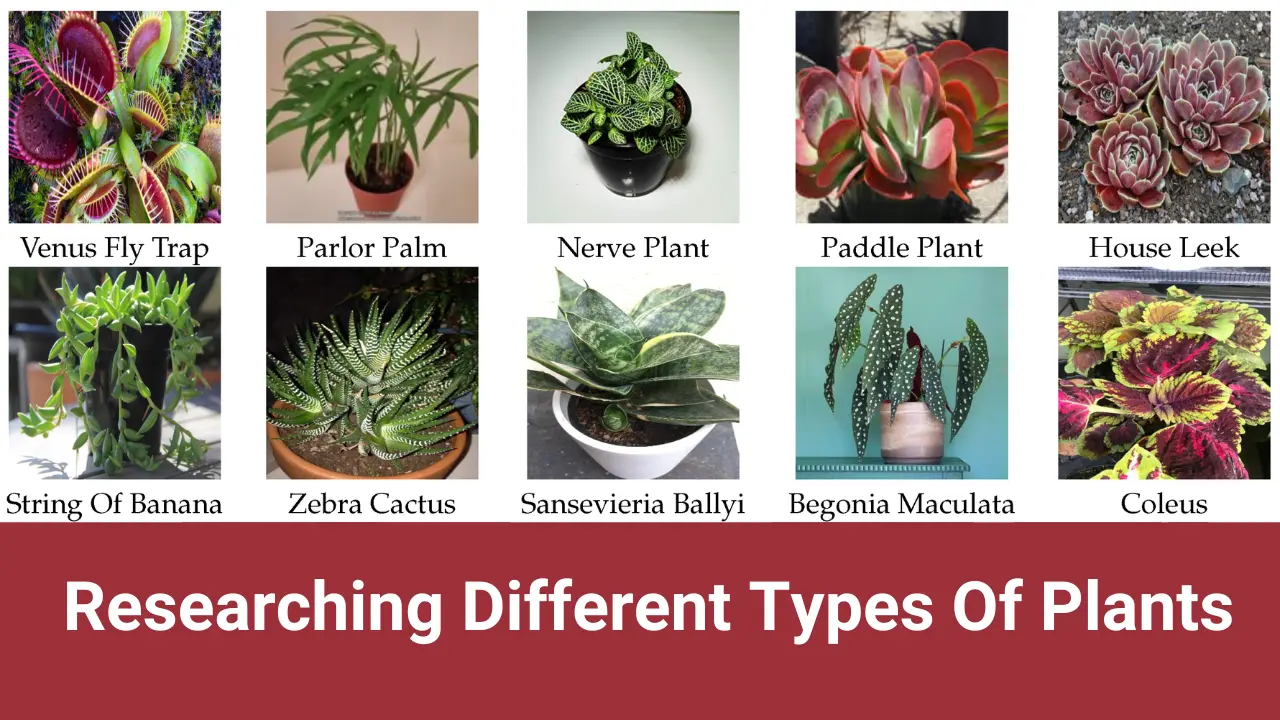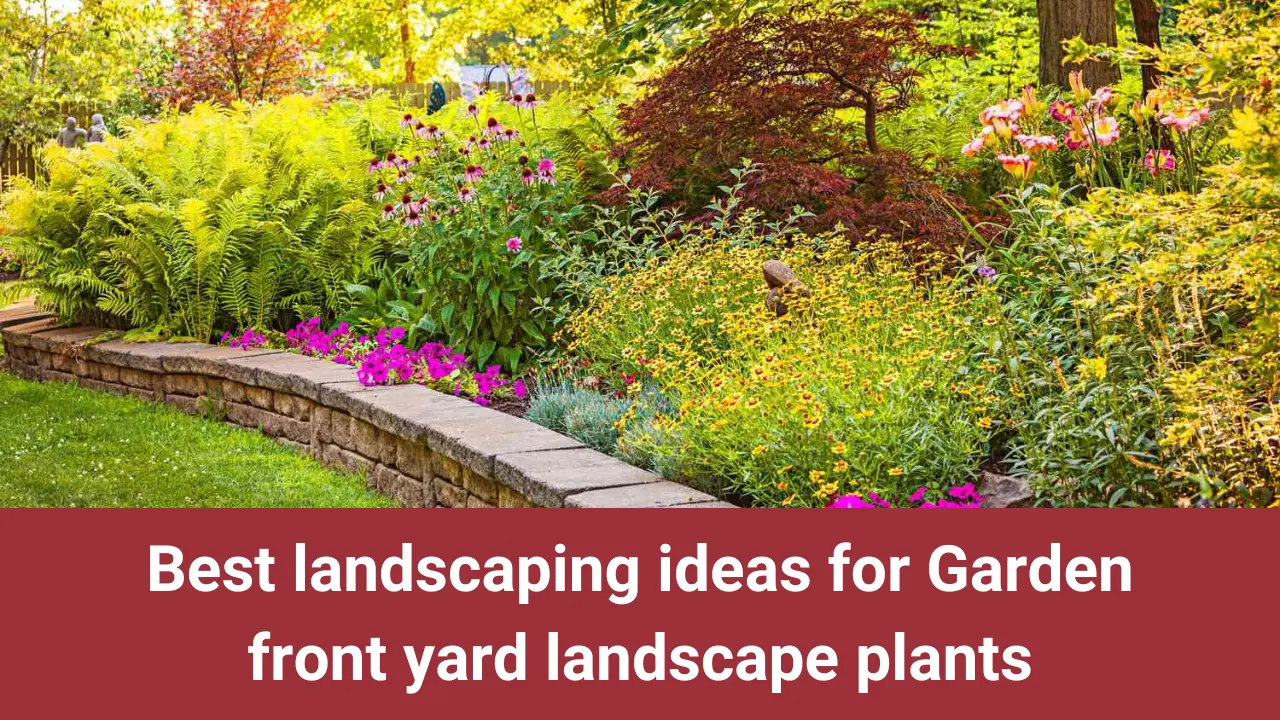Having a lush garden is something that every homeowner around the globe dream of but a thriving garden is not an easy thing to achieve. A thriving garden with lush greenery and colorful plants isn’t just a piece of art but it creates that welcoming look that will indicate your determination and hard work as well. When we talk about a thriving garden then one of the most important parts is selecting the right plant.
Choosing the right plant will help it sustain in the yard condition. Not only just that, they will cut the cost and effort that is required to keep the plant thriving. The best would be choosing the local plants and doing your best effort to save them. But there is more to know about. Continue reading the following.
Choosing The Right Plant
Let’s talk about choosing the right plant for your garden and landscape.
Know Your Climate Situation:
One of the major parts of having a thriving garden is knowing your climate zone. The USA has different climate zones or hardiness zones. This will play an important role in choosing the right plants. There are different climactic conditions according to the United States Department of Agriculture (USDA). Take your time and learn about this before selecting the plants. You will be able to find the best plants that will thrive in your climate condition.
Understand The Purpose Of The Plant
Though the major purpose of owning the plants is to give your lawn an aesthetic appearance, plants can do different purposes as well. Selecting The right plants should also include the purpose of the plant as well. Understand if you need a plant specifically for its looks to create a beautiful aesthetic garden or if you want it for practical purposes such as fragrance and like. This will also help you to understand the right type of plants according to your landscape.
Understand Temperature Extremes
In the world around us, each location has its extreme climate situation from freezing winters to scorching heat. However, one should understand that when you are about to select the plant you should know your temperature extremes as well. Plants that can live in average minimum and maximum temperatures of your landscape are the best candidates for your garden. This will help you to make sure that your plants can withstand the seasonal variations.
Assessing Your Garden’s Environment
Before you jump to the plant selection, you should consider assessing your garden’s environment first. Learn about factors such as sunlight exposure, climate, and soil type. Not all plants have similar requirements so consider this first before selecting the plants for your garden. The factors you look for are:
Soil type:
understand the type of soil, its composition, PH level, nutritionist content, and drainage. Different plants thrive in different soil types so it is recommended to assess your soil type first.
Climate
Climate plays an important role in choosing a thriving garden. From temperature to seasonal changes, knowing your climate type is important. Certain plants grow better in extreme conditions so consider this as well.
Sunlight:
Knowing how much sunlight you receive in your garden is important. Some plants grow better in full sun while some plants require less sunlight exposure.
Researching Different Types Of Plants:

Once you have learned about your garden the next step would be to understand different types of plants. Though it is recommended to look for the local plants you can also look for some external plants that can survive in your garden environment and climate. Consider asking local nurseries and using the internet for broader research. Don’t forget to check the practical aspects of maintenance and care. Don’t forget to check for plants that don’t only complement each other visually but have similar water and sunlight requirements. Furthermore, consider checking the height and their spread size so they can grow harmoniously with other plants and provide space.
Checking Rainfall Patterns:
Consult Local Experts
Consider consulting a local garden center, a horticulturist, or an experienced gardener if you’re unsure which plants are most suited to your climate. Experts like the one in NJ, The Alamo Landscaping can help you based on their knowledge of the area, they can offer valuable insight and recommendations. Consider consulting them in this regard. Plants specific to your climate are often available in local nurseries, increasing your chances of success. Get our Landscape and Hardscape Design and Installation Services.
Consider Different Seasonal Variations
Experiment and Learn:
Having a thriving garden isn’t easy, especially when you are doing everything all by yourself. This is an evolving process that will take time to learn about suitable plants and grow them for better results. This will be much like a process of trial and error. The best tip would be to be experimental and learn from it. Journal your experience so they will be helpful in the future as well.
A thriving garden is all about choosing the right plants for the garden. If you try to track the results and learn from them then you will be able to understand better about your garden and suitable plantings that will fit and thrive in your garden landscape.


